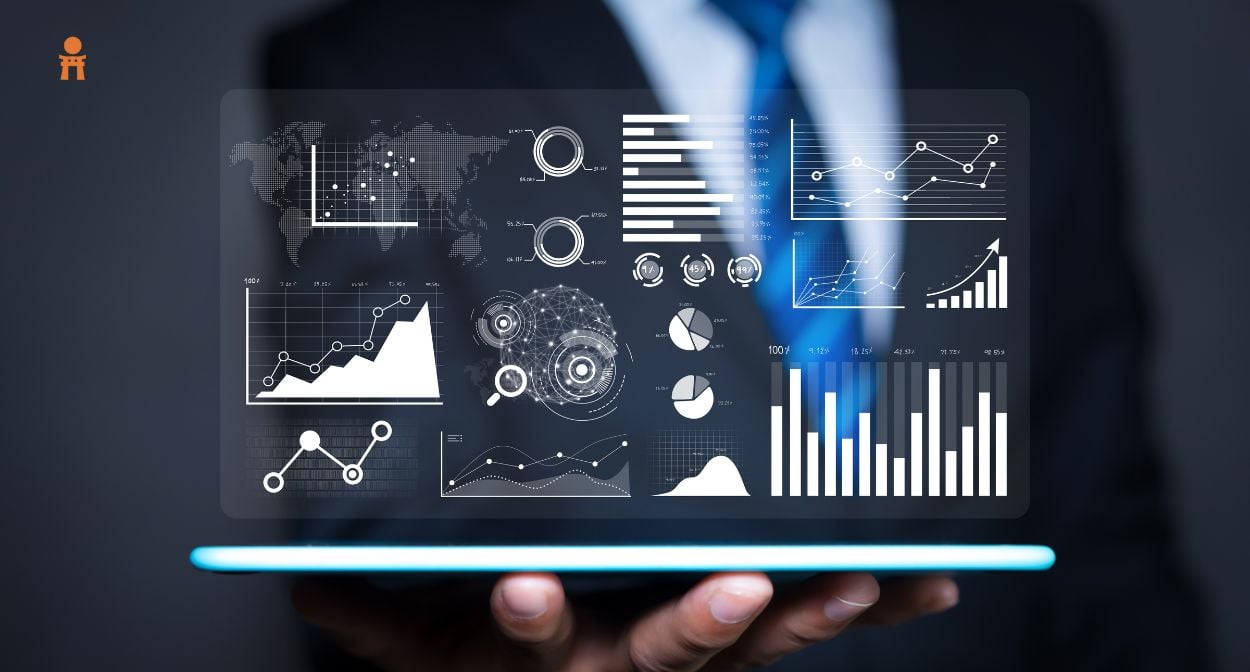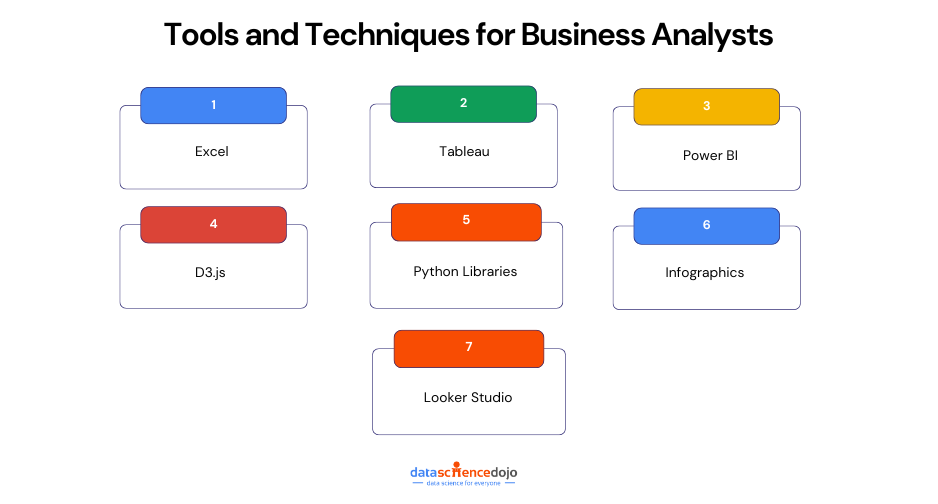In today’s rapidly changing world, organizations need employees who can keep pace with the ever-growing demand for data analysis skills. With so much data available, there is a significant opportunity for organizations to harness the power of this data to improve decision-making, increase productivity, and enhance overall performance. In this blog post, we explore the business case for why every employee in an organization should learn data science.
The importance of data science in the workplace
Data science is a rapidly growing field that is revolutionizing the way organizations operate. Data scientists use statistical models, machine learning algorithms, and other tools to analyze and interpret data, helping organizations make better decisions, improve performance, and stay ahead of the competition. With the growth of big data, the demand for data science skills has skyrocketed, making it a critical skill for all employees to have.
The benefits to learn data science for employees
There are many benefits to learning data science for employees, including improved job satisfaction, increased motivation, and greater efficiency in processes By learning data science, employees can gain valuable skills that will make them more valuable to their organizations and improve their overall career prospects.
Uses of data science in different areas of the business
Data Science can be applied in various areas of business, including marketing, finance, human resources, healthcare, and government programs. Here are some examples of how data science can be used in different areas of business:
- Marketing: Data Science can be used to determine which product is most likely to sell. It provides insights, drives efficiency initiatives, and informs forecasts.
- Finance: Data Science can aid in stock trading and risk management. It can also make predictive modeling more accurate.
- Operations: Data Science applications can be used for any industry that generates data. A healthcare company might gather historical data on previous diagnoses, treatments and patient responses over years and use machine learning technologies to understand the different factors that might affect unique areas of treatments and human conditions
Improved employee satisfaction
One of the biggest benefits of learning data science is improved job satisfaction. With the ability to analyze and interpret data, employees can make better decisions, collaborate more effectively, and contribute more meaningfully to the success of the organization. Additionally, data science skills can help organizations provide a better work-life balance to their employees, making them more satisfied and engaged in their work.
Increased motivation and efficiency
Another benefit of learning data science is increased motivation and efficiency. By having the skills to analyze and interpret data, employees can identify inefficiencies in processes and find ways to improve them, leading to financial gain for the organization. Additionally, employees who have data science skills are better equipped to adopt new technologies and methods, increasing their overall capacity for innovation and growth.
Opportunities for career advancement
For employees looking to advance their careers, learning data science can be a valuable investment. Data science skills are in high demand across a wide range of industries, and employees with these skills are well-positioned to take advantage of these opportunities. Additionally, data science skills are highly transferable, making them valuable for employees who are looking to change careers or pursue new opportunities.
Access to free online education platforms
Fortunately, there are many free online education platforms available for those who want to learn data science. For example, websites like KDNuggets offer a listing of available data science courses, as well as free course curricula that can be used to learn data science. Whether you prefer to learn by reading, taking online courses, or using a traditional education plan, there is an option available to help you learn data science.
Conclusion
In conclusion, learning data science is a valuable investment for all employees. With its ability to improve job satisfaction, increase motivation and efficiency, and provide opportunities for career advancement, it is a critical skill for employees in today’s rapidly changing world. With access to free online education
Enrolling in Data Science Dojo’s enterprise training program will provide individuals with comprehensive training in data science and the necessary resources to succeed in the field.
To learn more about the program, visit https://datasciencedojo.com/data-science-for-business/.







